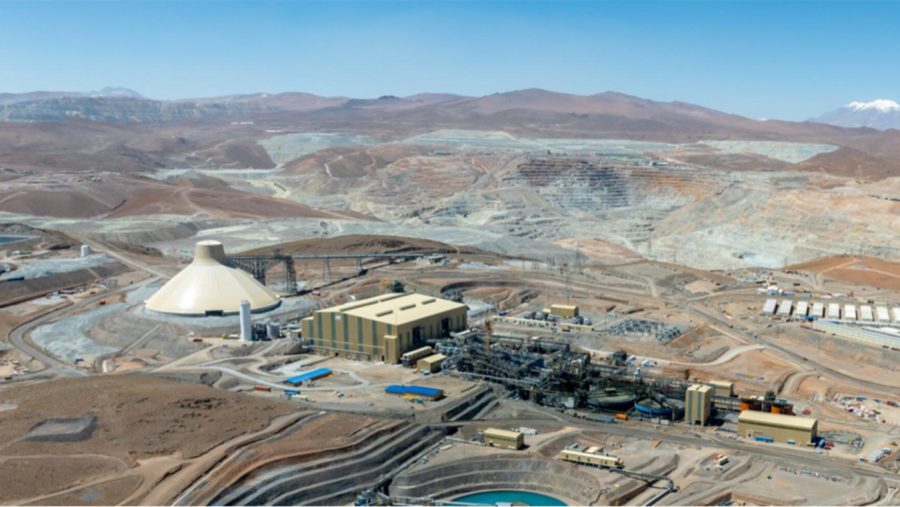Managing Environmental Risk in British Columbia
British Columbia is changing how it monitors and enforces the regulatory compliance of projects in its resource sector. The changes follow the May 2016 release of the auditor general of British Columbia’s (AG) audit report on the Ministry of Energy and Mines’ (MEM) and the Ministry of Environment’s (MOE) compliance and enforcement activities in the mining sector.
The report concluded that MEM’s and MOE’s monitoring and enforcement of the mining sector’s regulatory compliance is inadequate to protect the province from environmental risks. The AG recommended substantial changes, including the creation of an integrated and independent compliance and enforcement unit for mining activities. The report’s implications extend beyond the mining industry and will affect how the province regulates other resource industries.
Report Findings
The AG found the MEM’s mandate to promote the mining industry conflicts with its role as a regulator, which reduces MEM’s regulatory effectiveness and risks regulatory capture. She also observed that the ministries:
- Lack the resources and tools necessary to manage environmental risks and do not coordinate their compliance efforts.
- Have approaches to permitting that do not reflect the “polluter pays” principle.
- Do not adequately monitor and inspect sites to verify compliance.
- Have deficient enforcement responses, and do not adequately evaluate the effectiveness of their regulatory programs.
Report Recommendations
To respond to these findings, the report recommends the provincial government take 16 specific actions, including:
- Ensure mining permits are written with enforceable and consistent language.
- Ensure the security deposit collected from each mine will cover the mine’s potential reclamation liabilities.
- Adopt a cost-recovery model for permitting and compliance verification activities.
- Develop clear and comprehensive reclamation guidance for industry.
Government’s Response
The government generally supported the report’s findings, but it took issue with some important aspects, including: 1) how to measure the operational effectiveness of compliance and enforcement programs; 2) the Mount Polley dam failure findings; and 3) the risk of regulatory capture.
The government has already implemented some of the report’s recommendations (some even before the report’s release) including:
- Increasing the reclamation security deposits.
- Amending the Environmental Management Act to include requirements for spill prevention plans, and adding new offences and penalties.
- Amending the Mines Act to include administrative monetary penalties, increasing maximum penalties, and introducing permit fees.
- Initiating a program to amend the terms and conditions in almost 1,000 MOE permits to incorporate consistent and enforceable language.
The government also committed to create a new formula for reclamation liability by 2017. This initiative is part of the federal, provincial and territorial efforts to develop a consistent and transparent methodology for calculating mine reclamation security.
Resource Industry Implications
The report is an audit of MOE’s and MEM’s compliance and enforcement, not an audit of the mining industry’s performance.
The recommendations and findings reflect an international trend to strengthen environmental protection and enforce the “polluter pays” principle. In particular, governments increasingly want assurances that mine and other natural resource developers will manage their project risks and minimize the risk that government funds are called upon to resolve environmental problems arising from private sector projects.
The changes pose financial and operational challenges for industry. For example, MOE’s initiative to refresh existing permits is not intended to change a permittee’s rights, but permittees and MOE may differ on the interpretation of existing permit terms.
To minimize the uncertainty for project owners and the public about existing development rights, MOE must issue clear policy statements to explain the initiative’s goals.
Changes to the regulatory tools are necessary to sustain public trust, especially following recent high profile mining incidents.
The mining industry will need to continue working with the regulatory agencies so the proposed changes achieve the desired improvements in regulation, without impeding responsible resource development by creating inefficiencies and unnecessary regulatory and financial burdens.
David Bursey is a partner and Sharon Singh an associate, Bennett Jones, Vancouver.





Comments